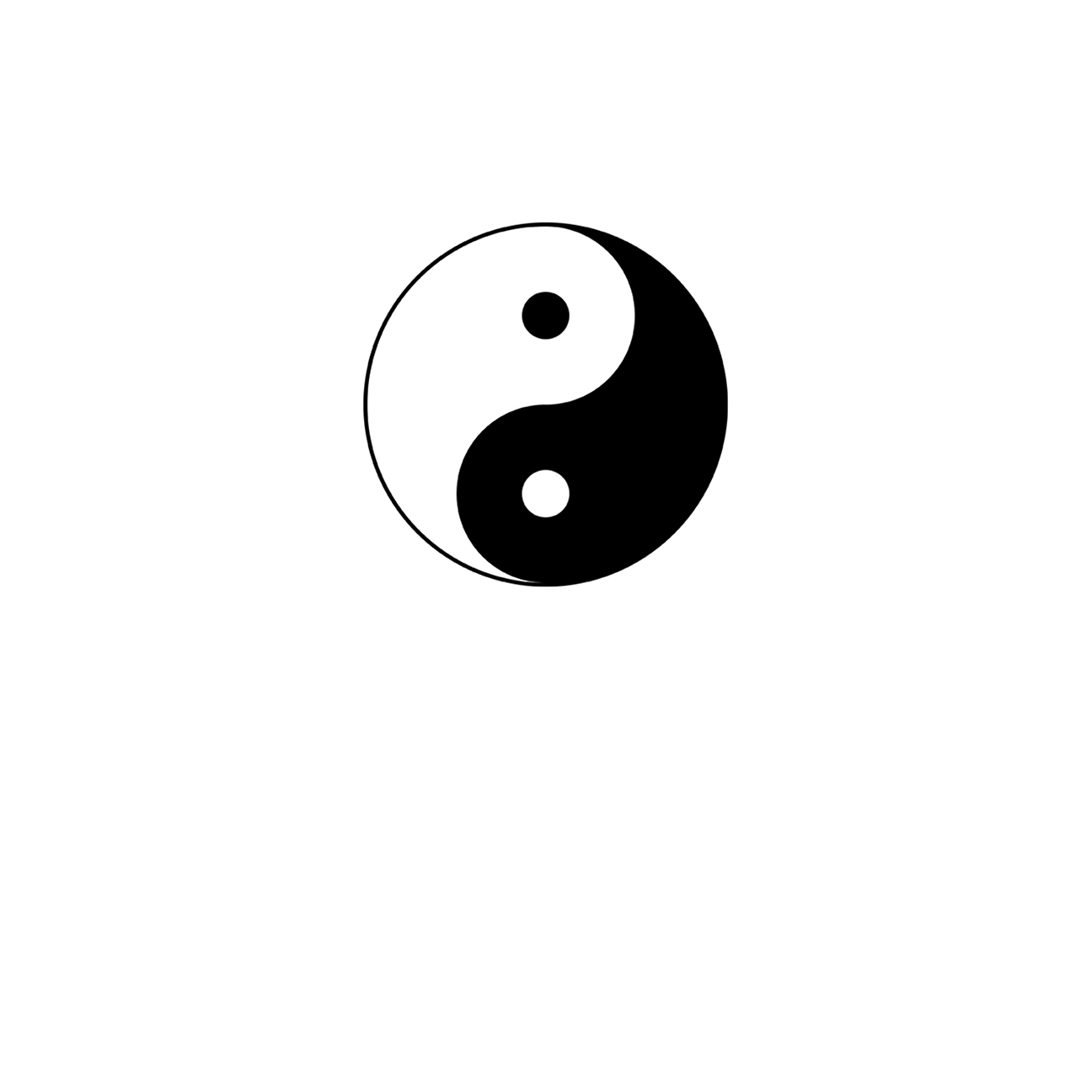Berikut adalah wawancara antara Cynthia Mononutu (CM) seorang mahasiswa program master The Hong Kong Polytechnic University dengan saya (HK) yang dipergunakannya sebagai materi thesisnya “Design Social Responsibility: Ethical Discourse in Visual Communication Design Practice”.
Monday, 2 March 2009
CM: As a designer, how do you measure success?
HK: The definition of success is often ambiguous: morally or financially. I tend to choose the first word as my definition for success, even though we also have to consider the second one. Idealism is more likely to be practiced by those who are economically sufficient, despite many examples that states otherwise.
CM: What does ethical means to you?
HK: Honesty in utterance
CM: How do you see the role of designers in social responsibility?
HK: A Graphic designer cannot be separated from the social dynamics that occur around him. For example, when a designer sees the earth is destructed by global warming, he has to do something. Each designer will find his own way to involve in reducing this green house effect.
CM: Being responsible to whom: client, consumer, environment, culture etc?
HK: All of them.
CM: Do you see any differences on being ethical towards the different end users/clients as mentioned in the previous question?
HK: The first consideration is financial condition. When designers are prosperous, they have bargaining power and also have the option to select clients. For Example, These designers can reject any projects from a cigarette company. This is a process towards a better attitude.
CM: Why do designers need to take the responsibility?
HK: In a narrow understanding, designers were influenced by graphic design; therefore he is responsible for purifying it. In a broader understanding, this point of view applies to their environments, countries, etc.
CM: How do you see the issue of being ‘ethical’ in visual communication in general and your design practice in particular?
HK: Honesty lies in one’s inner self. When you cheat, you insult your own inner self. Lying to the public is similar to ’suicide.’
CM: How do you see the role of a designer in this context of being ‘ethical’?
HK: Being ethical is an absolute obligation for designers, be it to fellow designers or to the society.
CM: When we talk about designers’ responsibility to society, culture, environment etc, how do you manage to balance your professional practice and good responsible work?
HK: I founded DGI (Graphic Design Indonesia) community through http://www.desaingrafisindonesia.co.cc. This community will be a public space for Indonesian graphic designers. I founded DGI because, at first, I want to distribute newspaper articles that I keep since 1970s. I wish these articles can be a note in the history of Indonesian graphic design. On this site, I invite Indonesian graphic designer figures to share their visual and written works. Some DGI history can be read on http://desaingrafisindonesia.wordpress.com/2008/12/16/situsdesain-grafis-indonesia-dgi-catatan-perjalanannya/
CM: Should design be seen as a good business or just being good (ethical and responsible)?
HK: We can’t choose one. Both have to be performed in a well-balanced manner.
CM: How these affect the end user in particularly the ‘client’? Is it good for their business?
HK: Sometimes designers face difficult situation. I also had this dilemma when I was an advertising designer and had to work in a team. But as a graphic designer, the frequency of this argumentation gets lower. Below-the-line jobs are more subtle, not as hard as most of the advertising design job.
CM: How should designers apply these principles of being responsible and ethical into their own design practices?
HK: Never compromise any public lies proposed by the clients
CM: Should ‘designer’ be a profession, similar with doctors, lawyer etc?
HK: Of course
CM: How do you see the role of designers in the society and how designers’ social responsibility is changing and develop over the recent years?
HK: There is a significant increase in the social awareness of designers all around the world. This is good.
CM: Visual communication is about generating ideas, concept and creating good visuals, advertisement etc. Realistically speaking, how much can design/designers actually change the world?
HK: Basically, visual communication design creates ideas, concepts, and interesting visuals, advertisements, etc. In fact, how far can a designer influence the world?
Design is able to do something, if not, why should we bother to learn it? But sometimes a product of visual communication design doesn’t stand alone. Inside this product there are many disciplines, such as copywriting. The success of an advertisement can’t be measured only by the design. An advertisement, wholly, can direct a person to choose product A, not product B.
I remember the “Watermarks Project,” a public art project that recently was presented to the citizens of Bristol. A series of moving letters is projected to the wall of a high-rise building in Bristol city centre. These letters are shown in the same height that possibly can occur when Greenland’s ice melts because of global warming (official data source of Bristol government). For me, this conceptual design will influence people, at least it can be a reflection for Bristol citizens. Visit http://watermarksproject.org/
•••

